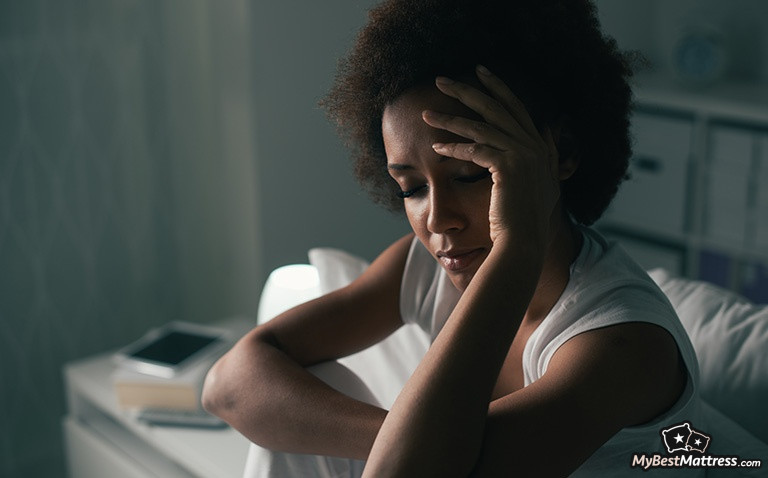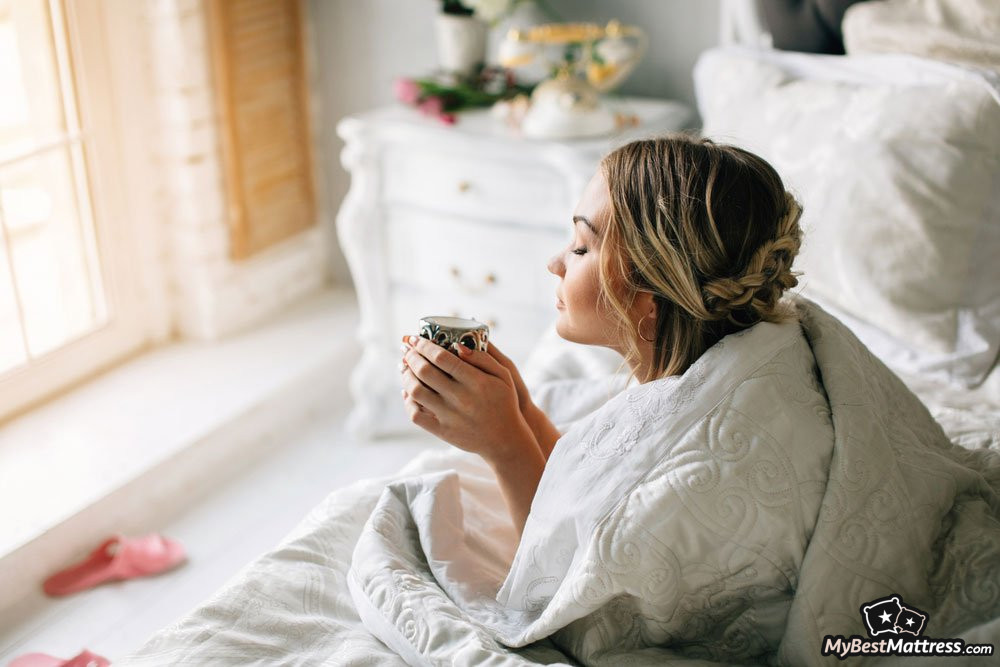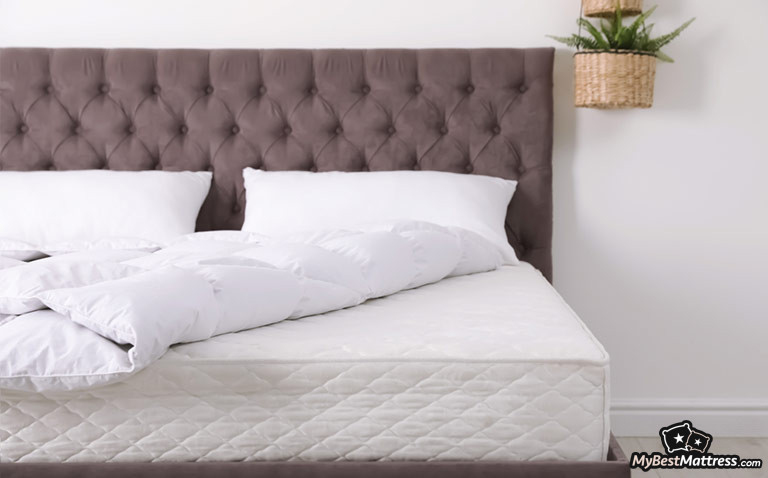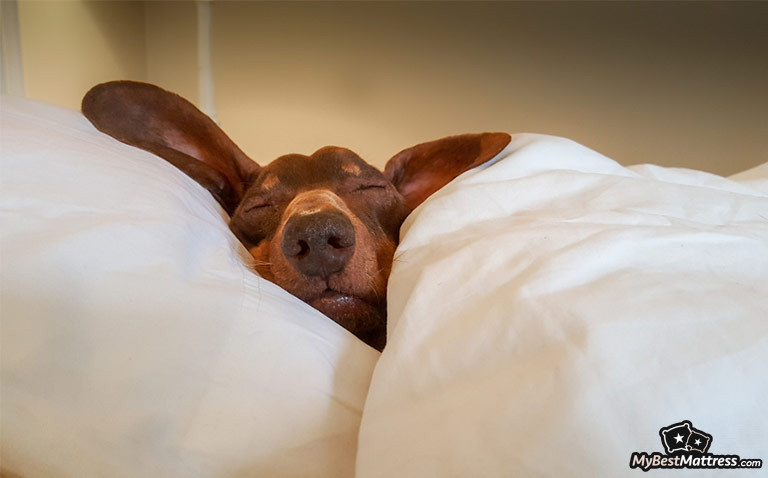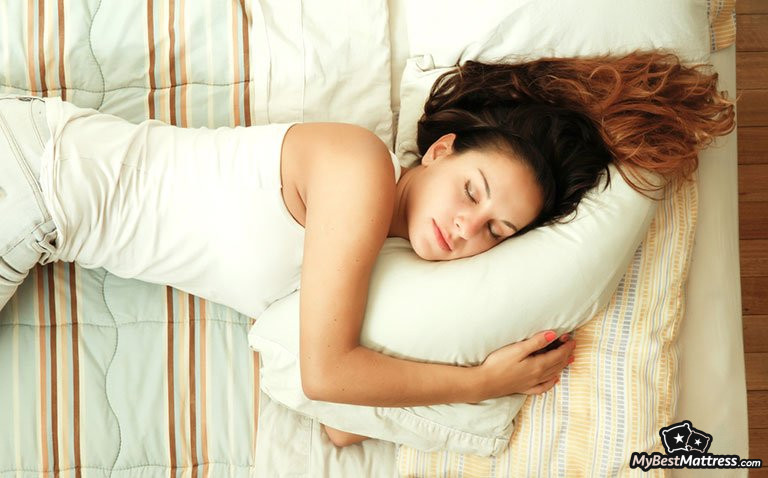
When talking about sleep, there are so many different techniques that we’ve tried throughout the time - we took naps when we were in kindergarten and used to hate it, then took naps after school, between the lectures, and so on.
However, I doubt that you have ever thought about the impact that such naps have on you, especially when you were just a child. Based on current researches[1], it’s clear that taking naps during the day can improve your mental and physical functions, including productivity and the ability to concentrate.
Today, I’ll be concentrating on the Biphasic sleep schedule and answer all the questions that you might be concerned about - what is biphasic sleep? Is biphasic sleep healthy? What is better: biphasic or polyphasic sleep? We will also go through other aspects that are related to the topic and you should be aware of.
What is important to mention about biphasic sleep routine?
Some scientists and historians believe that humans used to sleep bi-phasically for most of our evolutionary history. To have a biphasic sleep means breaking your sleep into two different segments. That could mean sleeping 6 hours at night and then taking a nap during the day. Or it could mean going to bed early, waking up for a few hours in the night, and then going back to sleep until morning. Although biphasic sleep might have been how humans lived until recent history, I recommend doing what feels good to you. If you want to try it, give your body a month or so to get used to your new sleep pattern. Keep in mind that going against society’s schedule can be difficult.
Table of Contents
What is Biphasic Sleep?
Biphasic sleep (also called diphasic, bimodal or bifurcated sleep) is a sleep pattern when you take two naps during the day. Such example includes not only naps during the night but also when people wake up during the night, stay awake for a few hours and then go back to sleep.
It’s known that before the appearance of electricity, many people practiced biphasic sleeping - they used to wake up around midnight for a few hours and then went back to sleep. However, their life pace was completely different from the way we live today.
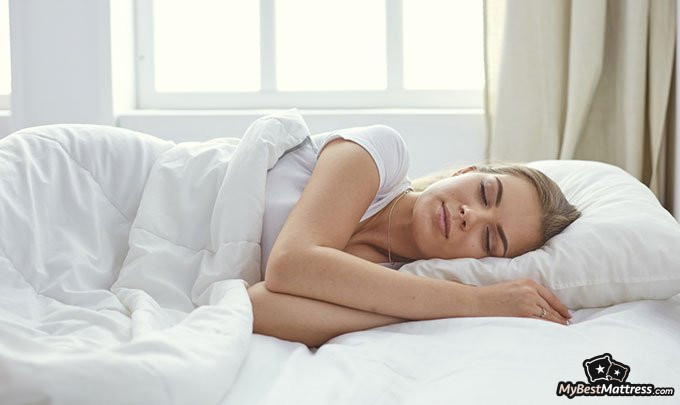
The majority of us are monophasic sleepers[2], which means that we sleep only one time during the day - at night. Depending on our work, physical and mental activities, we need from 6 to 8 hours of sleep per night. I could easily sleep 10, however, as you know, that’s not always possible.
Therefore, even though most of us prefer only one sleep segment during the day, many people practice biphasic sleep schedule, some even choose polyphasic sleep. Which is better? Find out in the following section.
Biphasic vs. Polyphasic Sleep: What’s Better?
Talking about both biphasic and polyphasic sleep, you will often come across the term “nap” - a short period of sleep. As I’ve already mentioned, biphasic sleep refers to sleeping during the night for a shorter period than we’re used to (5-6 hours) and then taking a nap during the day. While schoolers and students find it quite easy to take short naps, adults may not have time to take advantage of such a “luxury”.
Polyphasic sleep is taking many naps during the day. This term was first used in the early 20th century by psychologist J.S. Szymanski. He observed the daily fluctuations in activity patterns. Polyphasic sleep is often associated with the circadian sleep disorder that refers to disruptions in the sleep cycle that leads to the irregular sleep cycle. Polyphasic sleep is common for animals.
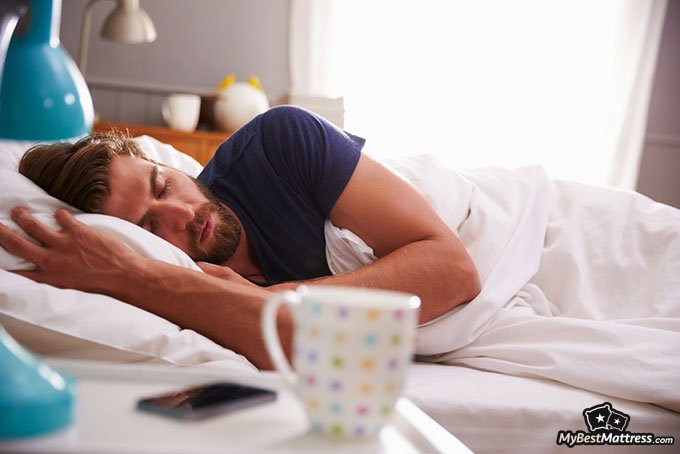
Needless to say, the biphasic sleep cycle is so much better than the polyphasic sleep. Even though the majority of us couldn’t imagine taking multiple short naps throughout the day due to our schedules, there are people who suffer from disruptions in their sleep cycle and never experience quality sleep during the night. Consequently, they take short naps during the night.
Therefore, if you’re a polyphasic sleeper, then you might need to consult your doctor and solve this problem. Now let’s move to the biphasic sleep practice to find out if you can apply it for yourself.
Biphasic Sleep Practice
While the term “biphasic sleep” refers to one meaning - two sleep fragments during the day, biphasic sleep schedules may differ. The most common approaches include:
- Two sessions of sleep during the night.
- One session of sleep during the night and one during the day.
Let’s take a look at these approaches separately.
Two Sessions of Sleep During the Night
Some biphasic sleepers choose to split their sleep in half during the night. It means that they:
- Go to sleep a few hours before midnight.
- Wake up around midnight.
- Stay awake for a few hours.
- Go back to sleep and stay asleep until down or longer.
- In total, sleep about 6-8 hours during the night.
One Session of Sleep During the Nigth and One Session During the Day
This approach is way more common among biphasic sleepers than the previous practice. It’s very popular in some European cultures such as Spain. They call it “Siesta sleep”.
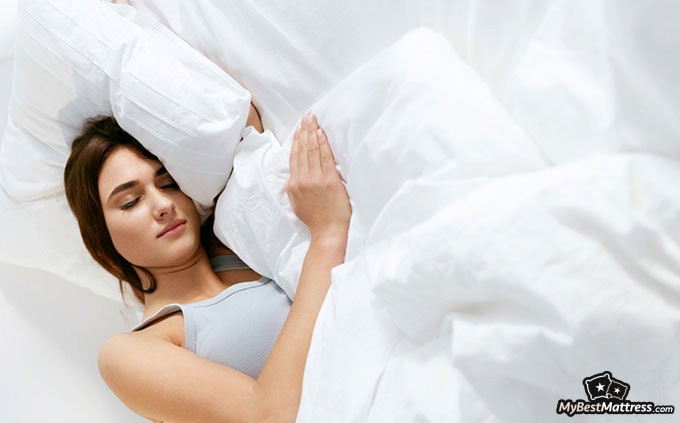
It’s known that the origin of siesta dates back to the Spanish Civil War and was quite common long before the 1930s. Then many Spaniards were experiencing poverty and worked in multiple jobs to take care of their families. During the siesta, they managed to eat their lunch and have time to relax.
So, even if many different terms exist, they all lead to the biphasic sleep cycle. Here’s how this approach was practiced:
- A long session of sleep during the night and short nap during the day.
- Usually, sleep about 6 hours during the night and then take about a 20-minute nap in the afternoon.
- Some people have a shorter session of sleep during the night and then nap longer during the day.
These two practices are the most common among biphasic sleeping practicians. Which one of them is better completely depends up to you - you should try both of them while monitoring the way you feel - mood, energy, ability to focus, mental stability, and so on. This way you’ll find the method that works the best for you.
To find out more about the biphasic sleep and answer the question “is biphasic sleep healthy?”, let’s move to further section.
The Science Behind Biphasic Sleep
Some scientists believe that the history behind the biphasic sleep leads to ancient times and think that both biphasic and polyphasic sleep used to be the norm in sleep practices.
It might be that the practice to sleep for 6-8 hours per night appeared relatively recently. The studies performed in the last few decades show that our ancestors slept as little as 3-5 hours per night, then stayed awake for a few hours while doing some light activities and then got back to sleep for the next 3-5 hours.
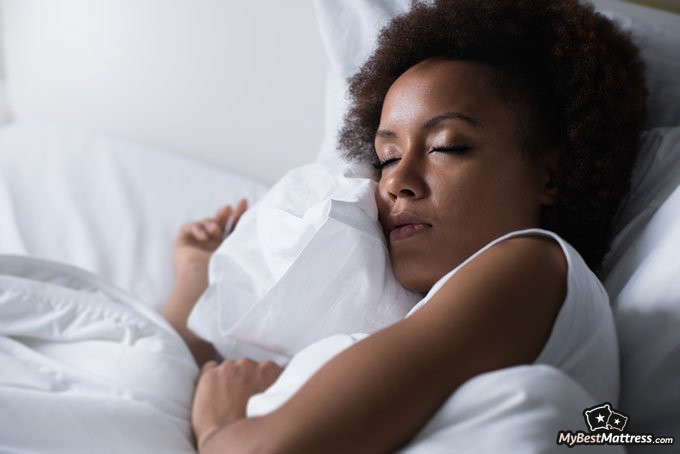
When you think about it, biphasic sleep with short breaks during the night seems quite logical. Having no electricity, the life of our ancestors strongly depended on the natural daylight.
During the long nights, when the darkness lasted 12 hours, it would have been difficult to sleep without interruptions. That’s why the first session of sleep may have started together with the darkness, then followed with a few hour break to have a snack, engage in light activities, and have quality time with the partner, and then getting back to sleep again.
It truly seems logical when explained this way, doesn’t it?
When talking about biological factors that are related to biphasic sleep, it’s important to understand the sleep rhythm and the production of melatonin. 24-hour sleep-wake rhythm makes sure you’re sharp during the day and sleep during the night.
Melatonin (the sleep hormone) is also a key factor here - once it gets dark, the production of melatonin increases and you become sleepy, and, in the morning, melatonin production decreases so that you would be alert.
So, the sleep rhythm “works” together with melatonin to regulate your sleep cycle. However, each of our sleep drives works a little bit differently, meaning that some of us can easily sleep 8 hours without waking ups, and others prefer sleeping shorter periods during the night and then taking short naps during the day.
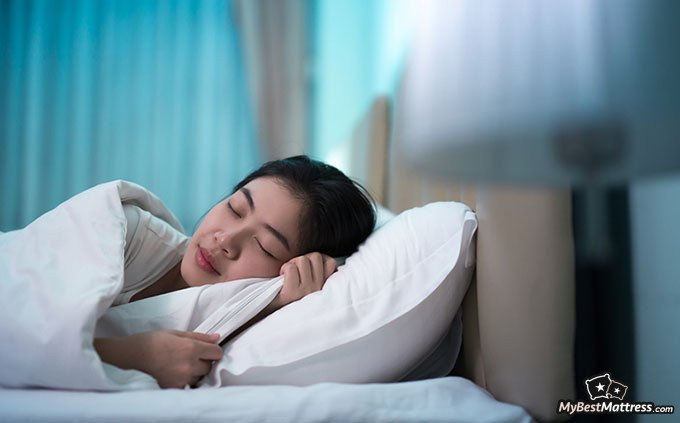
Furthermore, as I said, when your sleep cycle and the production of melatonin disrupts, you might be unable to fall or stay asleep during the night and that can lead to the need to take frequent naps during the day - “polyphasic sleep”.
Is Biphasic Sleep Healthy?
While there are many discussions about whether or not the biphasic sleeping is healthy, there’s a growing number of studies that prove the benefits of such sleeping method that include:
- Better concentration
- More energy
- Better cognitive functions
- Improved mood
On the other hand, controversial studies exist claiming that split sleep scheduled might lead to disruptions in the sleep cycle, inability to fall asleep at night. Also, one of the studies[3] says that biphasic and polyphasic sleep might not be good for kids and their developing organisms, especially if it leads to insomnia at night.
Needless to say, sleep deprivation can cause some serious issues, such as:
- Cognitive difficulties
- Type 2 diabetes
- Cardiovascular disease
- Obesity
While there are many opinions on whether or not the biphasic sleep is healthy, it’s important to track your mental and physical state to find out what works the best for you personally.
Therefore, I couldn’t recommend biphasic sleep to anyone as I’m not a doctor. While a group of people might find such a sleeping routine extremely helpful, others shouldn’t attempt to practice it.
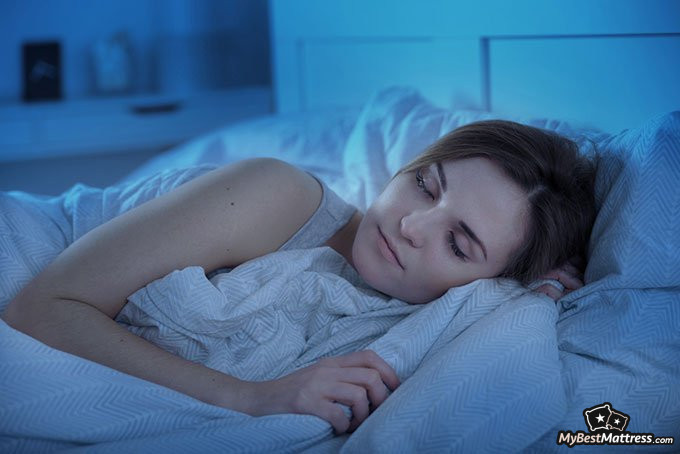
Also, people who think about practicing the biphasic sleep cycle should know that it’s not about napping anytime you want, in order for this to work, it’s a must to maintain the strict sleeping schedule.
How to Get Better Sleep?
No matter if it’s monophasic, polyphasic or biphasic sleep, we all want to get quality sleep to wake up rested, relaxed and prepared for the new day. Let me give you some tips that will help you to get better sleep:
- No electronic devices before sleep. When you look into the light screen before going to sleep, your body perceives it as daylight and leads to the decreased production of melatonin. By putting away your electronic devices at least 30 minutes before bed, you will allow yourself to relax and prepare for the sleep.
- Sleep in a cool and dark environment. It’s known that a human’s body temperature decreases by about 2° F when falling asleep. By maintaining your room temperature a little bit cooler than during the night, you will fall asleep much faster and prevent yourself from those unpleasant heat waves.
- Healthy lifestyle. You should exercise regularly, eat healthier, avoid spicy foods and caffeine at bedtime.
- Relaxing activities before bed. I recommend meditating, listening to calm music or reading a book right before going to sleep. Such light, none stimulating activities will prepare you for sleep.
- Get a comfortable mattress. It’s important to feel good in your own bed. By purchasing a comforting and pressure-relieving mattress you will improve the quality of your sleep significantly. Depending on the qualities that you look for in a bed you should pick the right alternative. If you don’t know where to look, then you should check out the top-tier providers that sleepers evaluated as the best ones. This way, you will never have to disappoint.
Therefore, consider these tips and use them to improve your sleep together with better mood, physical and mental state, ability to concentrate easier and other beneficial aspects.
Conclusions
Therefore, biphasic sleep refers to the sleep pattern when you take two sessions of sleep during the day. You might take a long session of sleep during the night and then a short nap during the day, or choose to take a break around midnight and then getting back to sleep.
While there are many different theories about biphasic sleep, more and more researches show that taking short naps during the day can improve your mood, lead to better concentration, cognitive functions and provide you with more energy.
On the other hand, studies show that not all people could pick such a sleeping method as it might lead to disruptions in your sleep cycle. Such practice is not recommended for children who find it difficult to fall asleep at night.
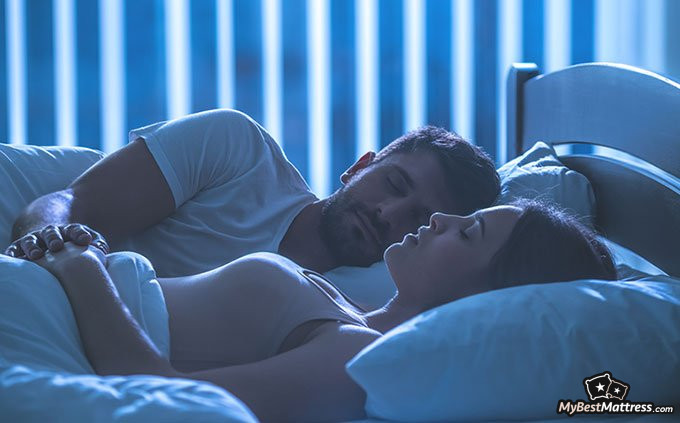
If you decide to try biphasic sleep, then you should make sure to keep a strict sleep schedule. Otherwise, it might do more harm than actually help.
Before trying different sleeping techniques, you should try some of the tips that truly help. That includes sleeping in a dark and cool environment, turning off devices before going to sleep, a healthy lifestyle, relaxing activities before bed, and of course, a comfortable mattress. If you want to check out some of the most recommended options, then you can find them here.
Contributed By Martha Lewis, Certified Sleep Expert
Martha Lewis is a sleep consultant to health-conscious high achievers who want to sleep but can’t. With multiple sleep certifications, an MS in holistic nutrition, and as an expert on gut hea...
Read Full Bio...Scientific References
Contributed by Martha Lewis, Certified Sleep Expert1. Qingwei Chen, Taotao Ru, Minqi Yang, et al.: 'Effects of Afternoon Nap Deprivation on Adult Habitual Nappers' Inhibition Functions'
2. I. Capellini, C. L. Nunn, P. McNamara: 'Energetic constraints, not predation, influence the evolution of sleep patterning in mammals'
3. Janet C. Lam, E. Mark Mahone: 'The Effects of Napping on Cognitive Function in Preschoolers'
Leave your honest feedback
Leave your genuine opinion & help thousands of people to choose the best mattress. All feedback, either positive or negative, are accepted as long as they’re honest. We do not publish biased feedback or spam. So if you want to share your experience, opinion or give advice - the scene is yours!




